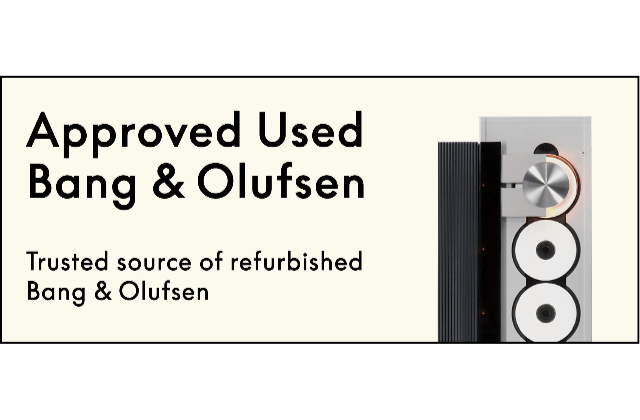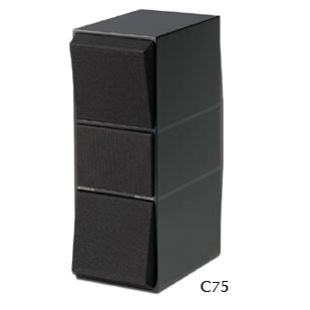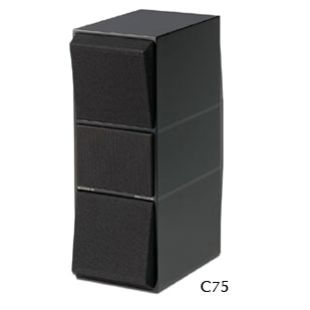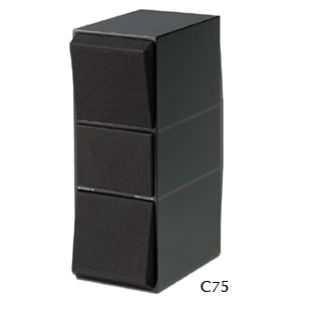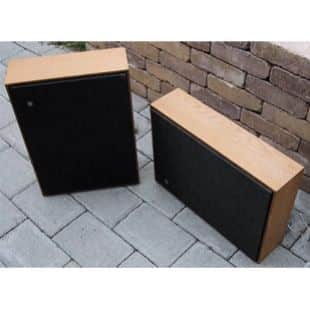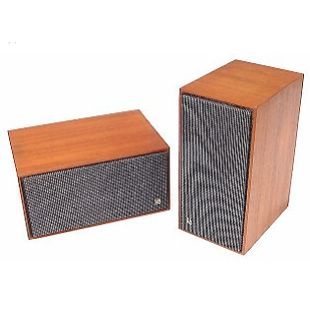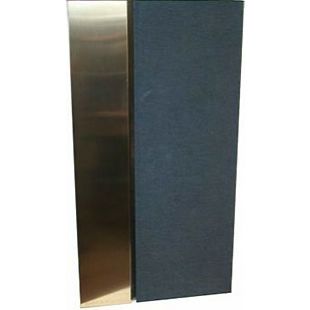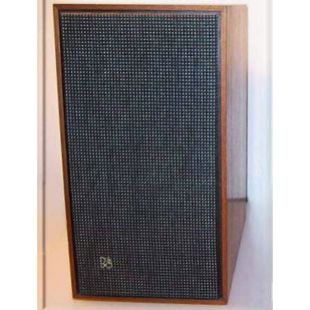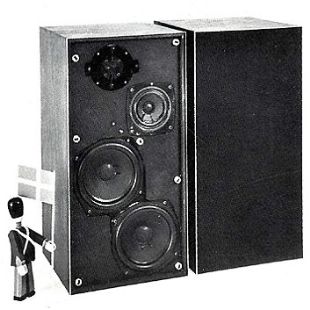BeoVox Cona
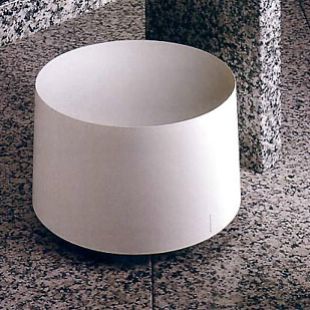
BeoVox Cona
Beovox Cona functioned almost like a prompter who ensured that the sound didn’t forget its ‘lines’. It worked on the principle that the human ear cannot detect in which direction deep tones are coming from. Beovox Cona, like the newer BeoLab 2, could therefore be placed anywhere in a room with the rest of the music system to give it a deeper, much richer sound.
Review by BeoWorld Member – Evan Bunner
The BeoVox Cona Having waited very patiently for a Cona to come my way, I finally stumbled across not one, but two BeoVox Conas on the internet. I quickly arranged a demonstration the next day. It didn’t take very long to impress me. I loaded the pair into my car with a great sense of satisfaction. However, I had to wait for some din plugs I had ordered off the internet before I could start using them, so my excitement was slightly delayed.My excitement soon resumed once I received my din connectors. I hastily fashioned them together with some surplus speaker wire of mine and proceeded to connect one of the Conas, as originally directed, to my BeoMaster 4500. Being a passive speaker, it is very handy when you have your Power link ports all filled up with your favorite BeoLab speakers.
Being able to channel both left and right signals to one diver through the Cona’s dual voice coil feature allows the Cona to produce BeoLab level sound at a BeoVox level price. However, I find that combining two signals in a single driver does make the sound much choppier than say if you were to connect two Conas, one signal assigned to each. Additionally, this fight over the driver can create some enclosure rattle, something that can become annoying in heavier listening. I find that a stereo configuration generates much more natural sound.
Since it is a passive speaker, the driver is much smaller than what you would find in an average standalone subwoofer, mostly due to the fact that it has to be able to perform on less power, keeping the Cona from being power hungry. This directly affects the range of the speaker. Being slightly smaller than most standalone subwoofers, the Cona is slightly heightened in the frequency range, making it more of a musical speaker while slightly lacking in movie listening. The heightened frequency range is not very noticeable at higher volumes due to the great amount of bass the Cona can deliver higher up on the volume scale.
In usual Bang & Olufsen style, things are much more aesthetically pleasing and interesting than the bland norm that comes with most other loudspeakers. The BeoVox Cona is no exception.
Visually, the BeoVox Cona generates several comments. First off, one notices the size, very large for a single driver, especially that of 8 inches. This quality quickly earned the title “ottoman” by my girlfriend. So far I have not found a corner the Cona could not squeeze into, so it is a very practical size. They are very subtle but can also retain a good focal point in a modernly appointed room. The roundness of the Cona is a nice departure from the cubic trend of standalone subwoofers we are all used to seeing. I like to maintain the idea that the form of the Cona also serves a function. Coming from the same time period that gave us the Penta and Red Line speakers, I believe that the Cona followed a common trend set by the Penta and Red Line speakers in utilizing a unique cabinet shape to reduce internal acoustic reflections and standing waves by removing parallel surfaces from the construction.
For the first attempt at an individual subwoofer, Bang & Olufsen hit a home run. The sound is very rich and full. The bass is very tight and responsive, even on as little as 55 watts. The bass is light in quantity down low on the volume scale, but can still annoy the neighbors when you crank up the volume. This is definitely a piece for collector interested in past Bang & Olufsen products.
BeoVox Cona Product Details
Type Numbers
Please let us know
Designer
Manufactured
1989 - 1994
Colour Options
Black, White, Grey
BeoVox Cona Product Specification
Long-term max. input power 125 watts
Max. noise power 60 watts
Impedance 6 ohms
Frequency range +4 -8 dB 40 – 195 Hz
Power at 96 dB SPL 5 watts
Sensitivity 1 W 89 dB
Cabinet principle Bass reflex
Woofer 20.5 cm Dual Voice Coil
Crossover frequency 175 Hz
Net volume 25 litre
Dimensions W x H: 43 x 27 cm
Weight 7.5 kg
Gold or Silver membership required to view documents
Available documents are listed, if none are listed then please reach out to see if we have them.
BeoVox Cona FAQs
Please let us know






